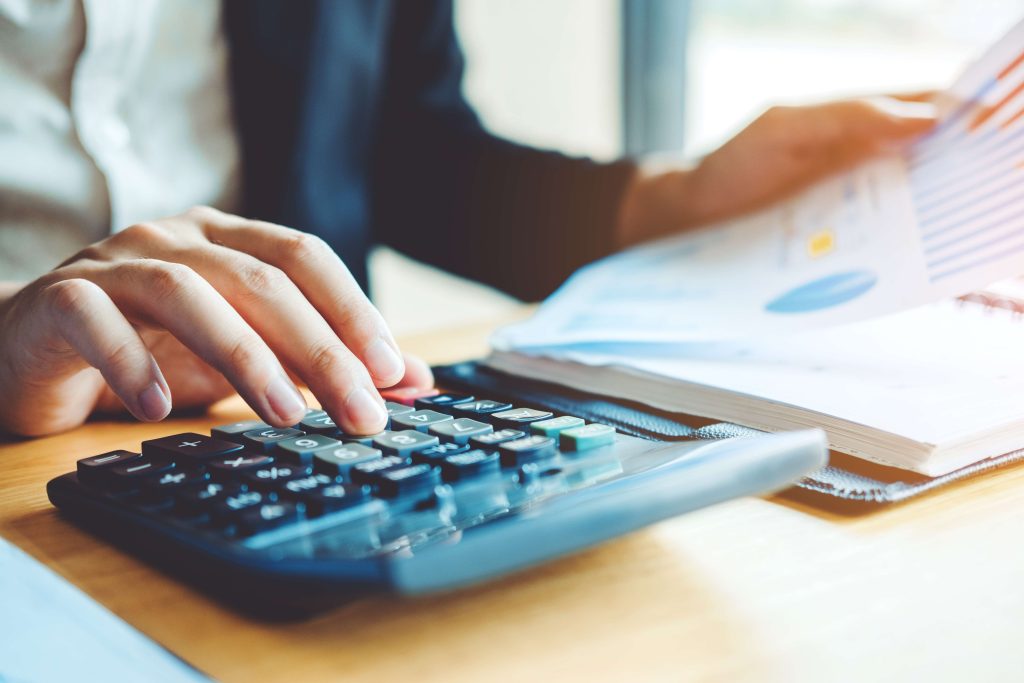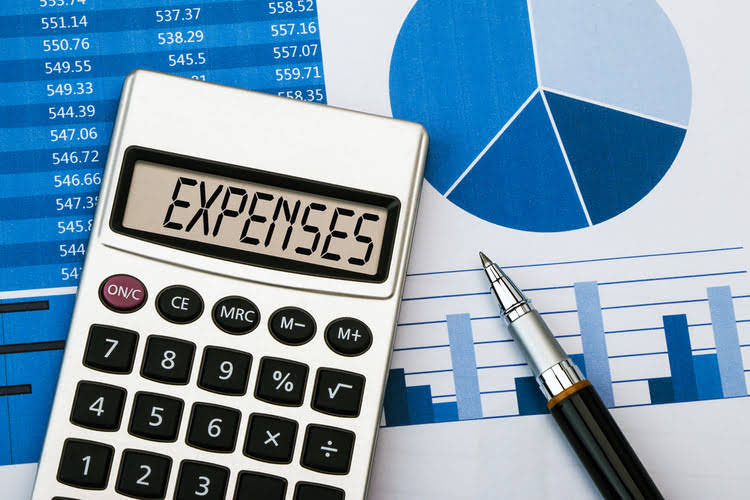
Those assumptions affect both the net income and the book value of the asset. Further, they have an impact Insurance Accounting on earnings if the asset is ever sold, either for a gain or a loss when compared to its book value. It splits an asset’s value equally over multiple years, meaning you pay the same amount for every year of the asset’s useful life.
- A company may pay rent for several months in advance, but it does not recognize the expense until the month in which the rent is due.
- The payments received are recognized as deferred assets until the sale price is fully recognized as revenue.
- The numerator is the years left in the asset’s useful life, and the denominator is the sum of the years in the asset’s original useful life.
- Unlike the account Depreciation Expense, the Accumulated Depreciation account is not closed at the end of each year.
- An asset may become obsolete due to better designs, new inventions, or simply changing fashions.
What is Depreciation?
- Depreciation measures the economic effect of this wear and tear and allows you to allocate that change in value over the asset’s usable life.
- When the straight-line method is used each full year’s depreciation expense will be the same amount.
- It’s essential to consult with a financial advisor or accountant to determine which method aligns best with your business strategy and financial goals.
- In other words, the total amount of depreciation over the life of the asset is $700,000 on the financial statements and on the tax return.
The machine has a salvage value of R3,000, a depreciable base of R27,000, and a five-year useful life. The agency has the option to depreciate all of the laptops in the very first year, resulting in one huge tax deduction, or to spread it out over several years. The agency chooses the method of depreciation that would benefit them the most. The government encourages capital investment by allowing you to recognise the gradual depreciation of your company’s assets and use that loss of value as a write-off on your taxes. Regardless of the method of depreciation employed, the depreciable property must have the same cost basis, useful life, recording transactions and salvage value upon the end of its useful life.
- Depreciation is a non-cash expense, meaning it doesn’t involve an actual outflow of cash.
- After deducting this residual value from the fixed asset cost, the value acquired is divided by the useful life of the fixed assets.
- Additionally, you will fail to properly allocate the cost of your asset over its useful life.
- The declining balance method, also known as the reducing balance method, involves depreciating an asset more in the earlier years of its life.
- This process not only provides a more accurate picture of a company’s financial health but also impacts tax reporting, as depreciation expenses can often be deducted from taxable income.
Double declining balance depreciation

After the truck has been used for two years, the account Accumulated Depreciation – Truck will have a credit balance of $20,000. After three years, Accumulated Depreciation – Truck will have a credit balance of $30,000. Each year the credit balance in this account will increase by $10,000 until the credit balance reaches $70,000.

What Does It Mean to Depreciate a Rental Property?
- The examples below demonstrate how the formula for each depreciation method would work and how the company would benefit.
- As a result, the tax deduction for depreciation is higher, and the net income is lower.
- Depreciation is the accounting method used to allocate the cost of a fixed asset over its useful life.
- Fees earned from providing services and the amounts of merchandise sold.
- In other words, the depreciation on the manufacturing facilities and equipment will be attached to the products manufactured.
- When a customer overpays an invoice, the amount is recognized as a deferred obligation until the company can return the overpayment.
Generally, the cost is allocated as depreciation expense among the periods in which the asset is expected to be used. The type of depreciation you use impacts your company’s profits and tax liabilities. Accelerated depreciation methods, such as the double-declining balance method, generate more depreciation expenses in the early years of an asset’s life. As a result, the tax deduction for depreciation is higher, and the net income is lower. Deferred assets can include prepaid expenses, deferred charges, and other assets. Prepaid expenses are payments made in advance for goods or services that will be received in the future.

Trump Pledges to Restore TCJA Full Bonus Depreciation

Depreciation measures the decline in the value of a fixed asset over its usable life, allowing businesses to spread out the cost depreciable assets of that asset over several years. To claim depreciation, you must own the asset and use it for income-producing activity. Understanding depreciation helps you predict the value of your asset and claim the relevant tax deductions to reduce your total taxable income. MACRS calculations tend to be a more complicated method for calculating depreciation and may benefit from the support of a tax professional. Sum-of-years-digits is another accelerated depreciation method that gives greater annual depreciation in an asset’s early years. Most businesses set minimum amounts to determine whether they’ll depreciate an asset or expense it right away.

This is a simple way to depreciate the value of an asset based on how frequently the asset is used. “Units of production” can refer to something the equipment makes — like the number of pizzas that can be made in a pizza oven, or the number of hours that it’s in use. This method is good for businesses that want to write off equipment with a quantifiable and widely accepted (i.e., based on the manufacturer’s specifications) output during its useful life. Make sure you have a method in place for tracking your use of equipment, and expect to write off a different amount every year. The advantages of straight-line depreciation are that it is easy to use, it renders relatively few errors, and business owners can expense the same amount every accounting period. The number of years over which an asset is depreciated is determined by the asset’s estimated useful life, or how long the asset can be used.
